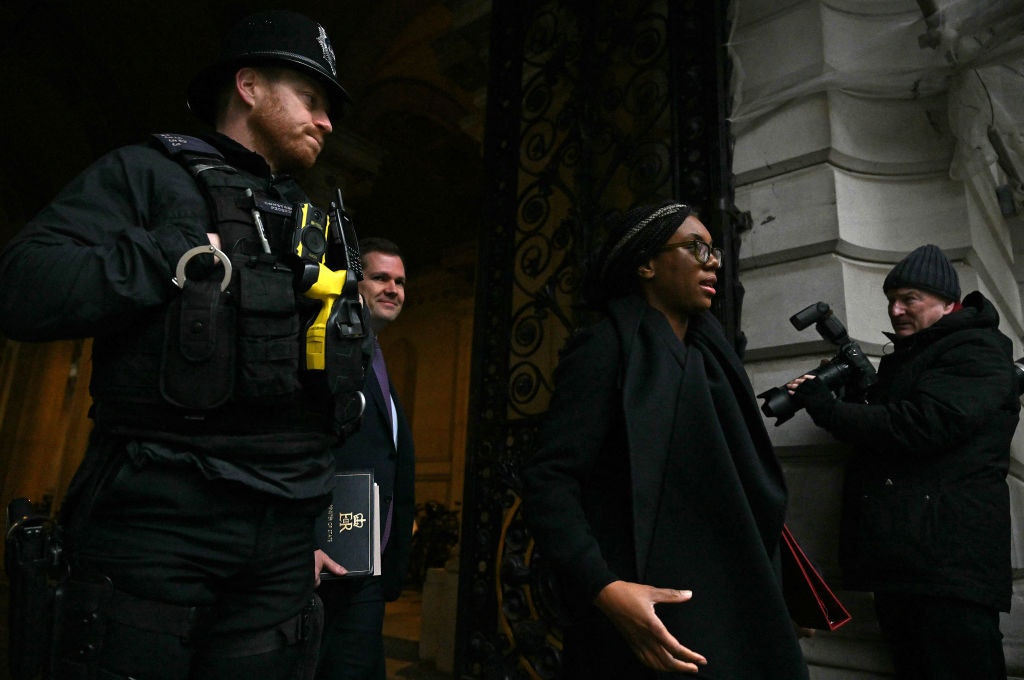The scourge of EDI
It is patronising, divisive and anti-meritocratic
Equality, diversity and inclusion: each word taken alone is deceptively anodyne. Brought together, however, these words produce a buzzword, variously known as EDI, DEI or (most aptly, perhaps) DIE, which has become a jarring reminder of the scourges of pseudo-intellectualism, wastefulness and virtue signalling afflicting our institutions.
EDI gained particular traction in the wake of the “Black Lives Matter” protests of 2020, when there was a sudden flurry of institutions in sectors from education to the arts, health to sport, trying to prove their righteousness and indeed how “cool” they were. As an aside, to those who will predictably argue that such actors were and are not virtue signalling but rather motivated by an earnest desire to do good, it is worth noting that their speedy and uncritical endorsement of “Black Lives Matter” was triggered not by the true humanitarian crises caused by the wars plaguing Africa, or by the tragic and needless knife crime perpetrated by young African and Caribbean-descent men against fellow young men of that demographic, but rather by the killing of a single American man whose skin happened to be “black”.
It would appear that, at last, the unpopular yet influential hysteria about BLM, EDI and their sister causes is waning. Even many of those who might once have been flag-wavers have seen the light, growing demotivated upon realising that something they had thought was inspired by a genuine yearning for a better society has transpired to be something all along designed to further personal and corporate interests instead. Yet the institutional pandering has continued, albeit more quietly: the so called “anti-racism taskforces” which were set up to tackle the nation’s mythical structural racism and the somehow uniquely-qualified diversity chiefs and “Inclusivity Ambassadors” appointed to hector against unconscious bias, have continued to proliferate in institutions across the country. Why is this?
There is a major virtue-signalling element. In the culture and heritage sphere, institutions today will often do anything to increase footfall, whether by dumbing down or showing how trendy and up-to-date they are. They want to be seen to be on the right side and gain the approval of others in the curatorial class, the make-up of which is very different post-Covid, after many of the long-standing experts were replaced by younger cohorts of recent graduates: killing two birds with one stone as these employees are both cheaper and more impressionable (and less likely to criticise the management).
There is, however, a much bigger reason for the spread of EDI, which also explains its endurance even after its palpable fall in popularity and interest among the public. This is that, from the mid-2010s, museums and heritage organisations have been able to rake in ever-growing sums of money from the major funding bodies by adopting EDI initiatives, apparently because these help to bring in “new audiences”. The grants increased substantially following the high-profile Black Lives Matter protests. Ultimately, therefore, the adoption of EDI practices has largely been done with mercenary motives.
Evidence that the adoption of EDI has direct links to funding opportunities can be found in the no-longer-publicly-inaccessible but very enlightening “Wellcome’s EDI Journey” pdf that was briefly made public to accompany the Trust’s announcement of a lucrative Chief Equity, Diversity and Inclusion Officer vacancy offering a £211,500 salary for the two-day-a-week role. This journey apparently started in 2016 when “D&I became a priority in Wellcome, securing £10.5m and 5 years of funding”.
It is based on premises that are patronising, divisive and anti-meritocratic
All this is, however, somewhat beside the point. Whatever the reason for its adoption, EDI necessarily diverts scarce time, attention and resources away from the core missions of institutions. Over time, the vicious circle of financial incentives leading to favourable recruitment practices which, in turn, increases the conviction-led pursuit of EDI results in it being seen as an end in itself, with institutional heads sacrificing the heart of the institution on an ideological altar.
Moreover, there should be no place for EDI in our institutions because the ideology itself is poisonous. It is based on premises that are patronising, divisive and anti-meritocratic. “Diversity” is invariably seen only in terms of diversity of immutable characteristics, without any regard for diversity of opinion, for example, which ought to be much more important in an apparently advanced (which one would imagine to be post-racial) 21st century society. Relatedly, “inclusion” means inclusion of everyone and every opinion except those daring to criticise EDI or other fashionable ideologies. I and many others have plenty of “lived experience” to prove that this is the case. Meanwhile, the originally most benign of the three letters in EDI — the E for “equality” — has recently been reinterpreted to stand for the much more sinister and neo-Marxist “equity”, referring to an equality of outcome rather than equality of opportunity.
In short, this pernicious ideology needs to be rooted out of all our cultural institutions. A good place to start would be removing the financial incentives which encourage institutions to pursue it, and the case of Bill Ackman and Harvard University shows how private individuals can act decisively, sidestepping the government. There is nothing innocent, warm and cuddly about EDI.
Enjoying The Critic online? It's even better in print
Try five issues of Britain’s most civilised magazine for £10
Subscribe














